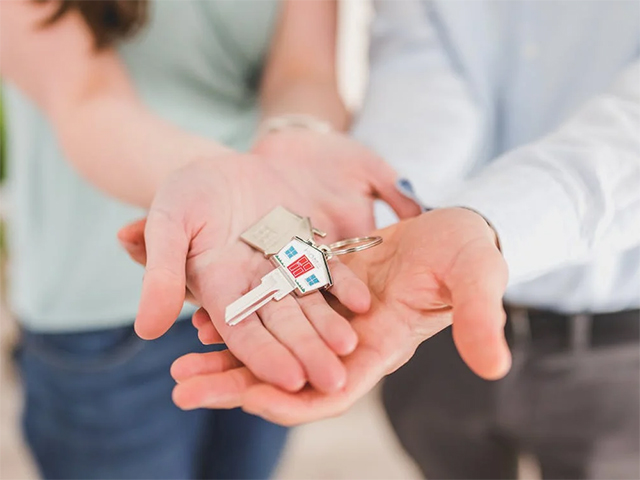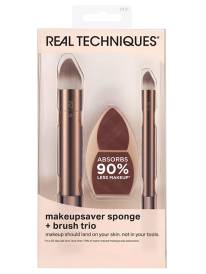5 Hidden Costs First-Time Buyers Should Budget For

You've saved the deposit and finally found a place that feels like home. But just when you think the big financial hurdles are behind you, a series of quiet costs start creeping in, and they're often overlooked by first-time buyers.
This guide breaks down 4 often-missed expenses that pop up when buying your first home. With the right info, you'll avoid nasty shocks and make your move with full confidence.
Let's get into it.
1. Insurance
Insurance might not feel urgent in the rush of settlement, but skipping or delaying it can cost far more than most buyers expect. Many lenders require building insurance to be active from the settlement date, not move-in day.
Let's break it down:
- Building insurance protects the structure itself from risks like fire, storm, or vandalism. For apartment buyers, it's often included in strata, but houses need separate cover.
- Contents insurance covers your belongings.
- Combined policies can sometimes reduce premiums and make claims simpler.
What many buyers forget? Purchasing a policy isn't enough, you must set the start date to match the settlement date. Forgetting this leaves the home exposed during a critical transition period.
Also worth considering:
- Add-ons like flood cover, depending on location
- Adjusting excess levels to manage premium costs
- Reviewing insurer reputation, not just headline price
Think of insurance as protection for your biggest asset, not paperwork for the lender. Not sure who to go with? Consider NRMA Insurance for a trusted provider.
2. Stamp Duty
Stamp duty catches out more first-time buyers than almost any other cost, not because it's hard to understand, but because it's easy to overlook.
Think of stamp duty as a government tax applied to the property purchase price. In New South Wales, it's required on most property transactions unless you qualify for a concession.
Some buyers assume first-home buyer perks cover stamp duty by default. That's not always true. The First Home Buyer Assistance Scheme may reduce or eliminate this cost " but only if eligibility boxes are ticked and paperwork is submitted on time.
To avoid surprises:
- Use the Revenue NSW calculator to estimate costs early
- Ask your conveyancer or lender if you qualify for a first-home exemption
- Include stamp duty in your upfront savings target " not your borrowing amount
Handled right, stamp duty is a known cost, not a nasty one.
3. Building & Pest Inspections
Jumping into a purchase without thorough inspections risks surprises that could derail budgets and timelines. Building and pest inspections aren't optional boxes to tick; they're essential investments.
Typically, these inspections cost between $300 and $600, a small price compared to potential repairs or pest treatments later. A building inspection uncovers issues like foundation cracks, water damage, faulty wiring, or structural weaknesses that banks don't include in valuations. Meanwhile, a pest inspection looks for infestations like termites that can cause costly damage.
Overlooking these checks can lead to expensive insurance complications, unexpected repair bills, or even affect your ability to get home insurance. More importantly, hidden defects can make a house unsafe or unliveable, which nobody wants after settlement.
4. Ongoing Costs
Purchasing a home marks just the beginning of financial responsibilities. Ongoing costs can quickly add up if not properly planned for, catching many first-time buyers off guard. Staying ahead means budgeting beyond the purchase price to keep your home running smoothly and comfortably.
Key ongoing expenses include:
- Council rates: Regular charges that fund local services like waste collection and parks
- Water usage: Often billed separately, with some properties requiring additional fees
- Strata levies: Applicable for apartments or townhouses, covering shared building maintenance and insurance
- Insurance: As previously discussed
- Repairs and maintenance: General upkeep, typically 1–2% of property value annually to handle wear and tear
- Utility setup costs: Connection fees for electricity, gas, internet, and other essential services
Planning for these costs upfront prevents budget burnout during that crucial first year of ownership.
Conclusion
Owning a home goes beyond the excitement of keys in hand, unfortunately it also means understanding and preparing for costs that often hide beneath the surface.
From stamp duty to ongoing bills, budgeting for these expenses early saves stress and financial surprises down the track. By planning ahead and knowing what to expect, first-time buyers can confidently step into homeownership with their finances intact.
Ready to make your dream home a reality? Start with a clear budget that includes these hidden costs then build your future with confidence.
For more first-time home buyer content, check out our moving hacks.
Image Credit Pexels RDNE Stock project
MORE



